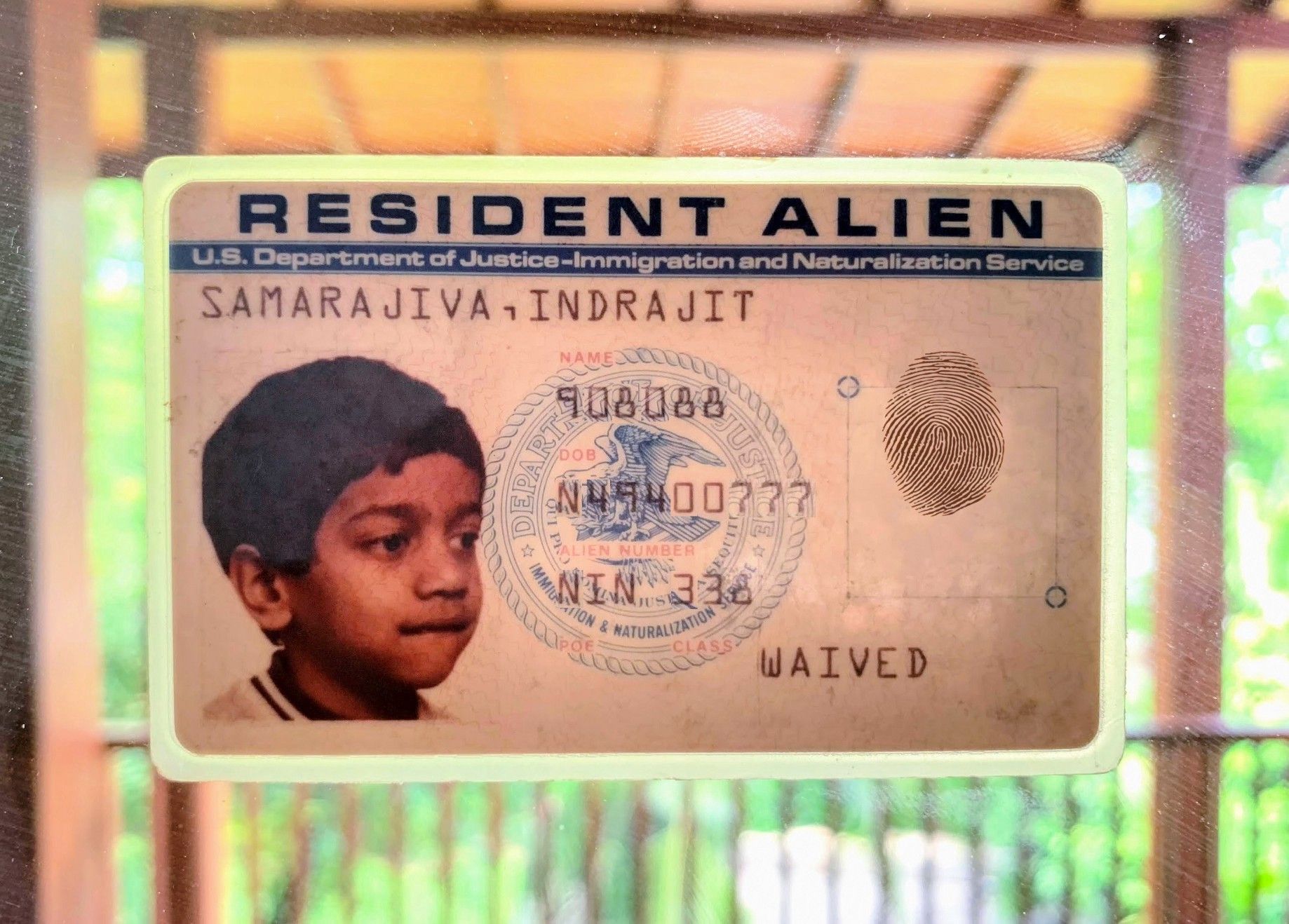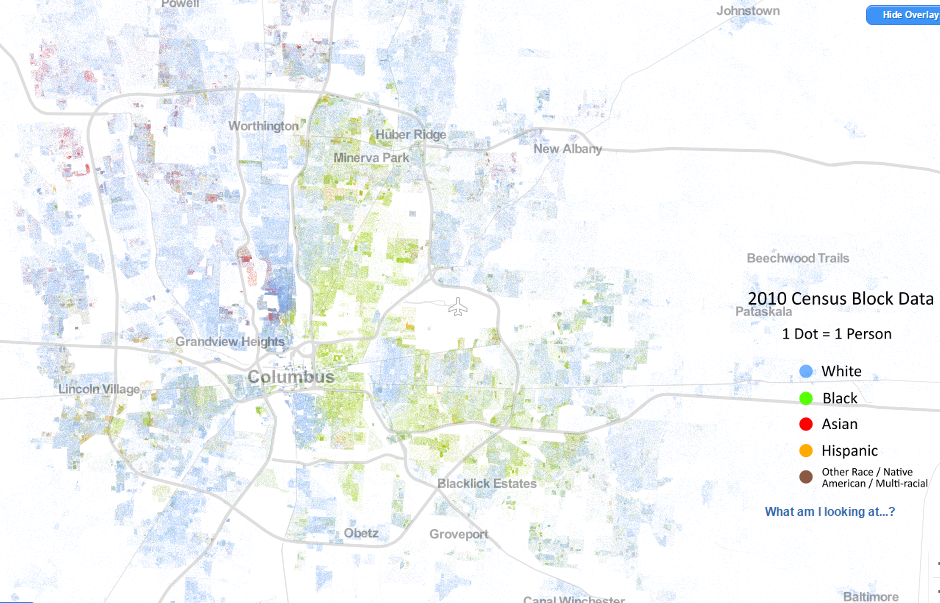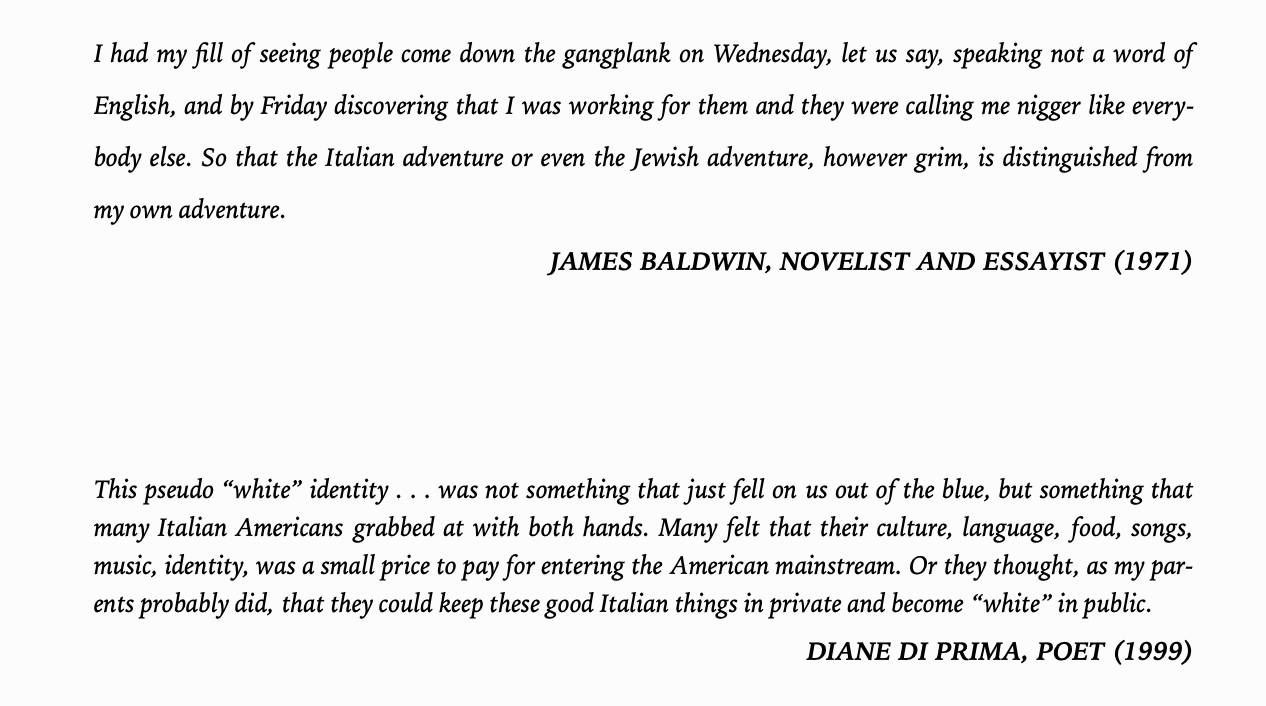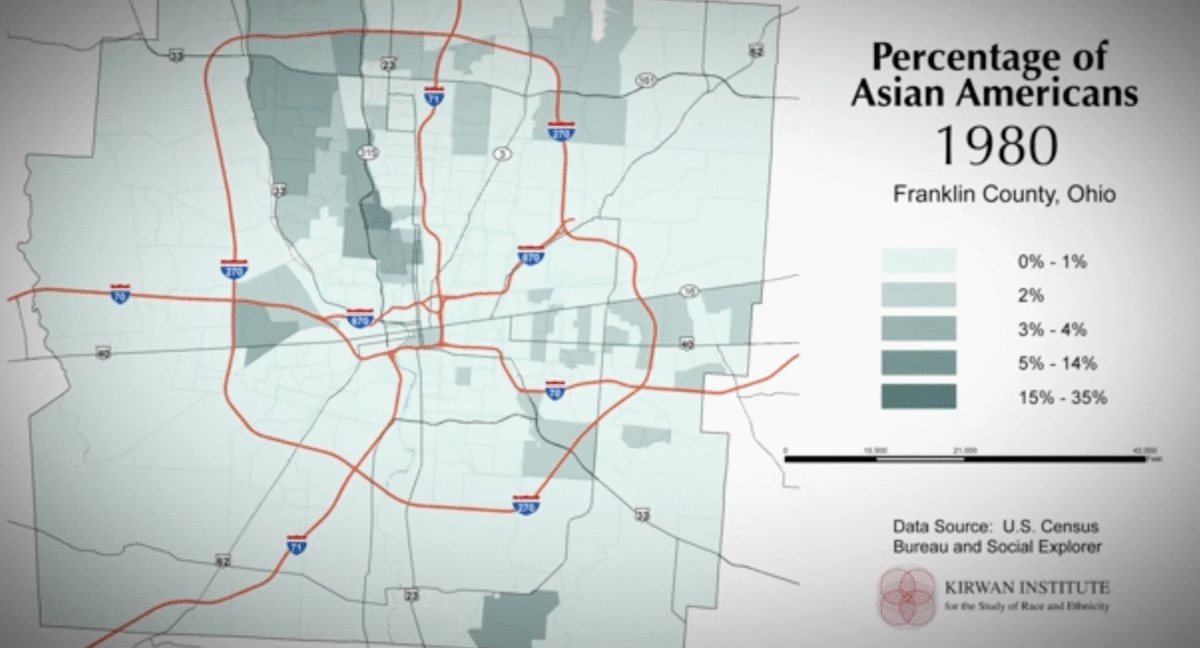How I Almost Became White
As a brown person growing up in Columbus, Ohio, I almost became white

When people ask where I grew up I say Columbus, Ohio, but that’s not true. Yes, that was the city on the map, but I didn’t live on a map. I lived in a society, and that society was segregated as fuck.
I was today years old when I looked at this map, and it’s shocking to me.

Columbus is literally divided into black and white along Interstate 71. The city was 25% black but Upper Arlington, the suburb where I lived, was less than 1%. I lived here quite unconsciously, never visiting the black parts of town and never wondering why out of nearly 2,000 people in school, I only knew two black kids.
In a very real sense, I never lived in Columbus at all.
Not Seeing Color
Growing up as a brown kid in a sea of whiteness, I honestly didn’t see color. I was the darkest kid around and I wasn’t looking in a mirror all day. If I did I was looking for pimples. All I saw was white people. In many ways that’s what I was.
I never really experienced racism, but a kid did call me n**** once, after I played ding-dong ditch on his house. I was mainly shocked because he was incorrect. Not morally wrong, I didn’t understand that much, just incorrect. I was not black. I really felt white.
But how? If white is a color, how could a brown kid grow up white? The answer, I think, is that whiteness is not a color at all. If you’re black, whiteness is a harsh red line. For everybody else, it’s a queue.
The Color Line
We think of white as some fixed identity, but it’s not. Germans, Irish, Italians— these were not always white people. As David Roediger, writes, they ‘worked towards whiteness’. Basically, they stood in a queue. They worked, became cops, politicians, until they became white.

Whiteness is fluid. Basically the only condition in America is that you are not what that young boy errantly called me. I was corrected to be offended, I just didn’t understand that something much deeper was wrong. The devil’s bargain of whiteness is that rather than showing solidarity, new immigrants will step on blacks and newer immigrants to reach the top.
You can see it today in people like British Home Secretary Priti Patel proudly kicking down the ladder her parents came up. Whiteness is a ladder, kicking all the way down, and blackness is the ground upon which it rests. With black at the bottom, everybody else can queue up in an orderly fashion to be white.
Asians like me are just the latest people up the ladder. In many ways we’re better prepared than the Hungarians and Poles of yore. My parents arrived with PhDs, those immigrants maybe passed a six-second health check. Our destination, however, is the same. Whiteness. Just look at where we go.
We’re technically minorities yes (frankly an odd term for the majority of the world), but we go straight to the white parts of town. Look at this map of Asian migration to Columbus, and remember the color line running down I-71.

Somehow it’s easier to get to Upper Arlington from China than from the wrong side of the tracks. People like me have moved into the heart of whiteness, cutting right to the front of the color line.
The Structure Of Racism
This might seem like people moving for better schools or whatever, but there’s a darker history to it. Literally. Up until the 1970s, black people simply could not buy homes in Upper Arlington. This was written in the original deeds and upheld by homeowners associations until they were sued. It’s still probably practiced, to some degree, today.
According to Patricia Burgess in her book Planning for the Private Interest, “Written into the deeds were restrictions, made to be in effect until 1999, stating that no home could be sold or occupied by ‘any person or persons in whole or part of the Negro race or blood’ but people not of the white race could be employed as servants.” (Unshoveling The Past)
This officially changed in the 80s, but the deed was done. If you look at a map, the segregation is still there. Columbus is a map of structural racism, to this day. Like my own color, I simply could not see it because I grew up inside. I was assigned James Baldwin and never connected it to where I was. While reading about black people, I never wondered why I never saw any. I was a child, what did I know? This was just the place I lived.
When people say they don’t see color I believe them. That’s literally the point of segregation. You don’t see people of color. That’s where I grew up. And it really hasn’t changed. There are even more people like me, but even less black people. Asians now outnumber black people 6-to-1. In a very real sense, UA is as white as it ever was. It’s just that the types of white people have changed.
Getting Out Of Line
I didn’t figure this out in Upper Arlington. I only started to question where I was from when I left. In university people would ask “where are you from?” and when I said Ohio they would just stare at me. This somehow wasn’t the right answer. I had to really think about it, for years.
Now I understand that ‘where are you really from’ is itself racist, but at the time I took it at face value. I ended up actually coming back to Sri Lanka, where I lived only briefly as a child. I still don’t know where I’m ‘from’, but at least I’m not white.
For hundreds of years, people have been coming to America, stepping over black people, and kicking back at their own families. It’s got to stop. Whiteness has got to stop here. We have got to stop joining the fraternity that hazes us. I renounce whiteness and all of its works. So should you.
I post more personal stuff like this on Patreon.
I’m using the term Asian-American, but in fact the term was founded in solidarity. I just don’t think people are living that way. I also think it’s a funny minority, Asians being the majority of the world.